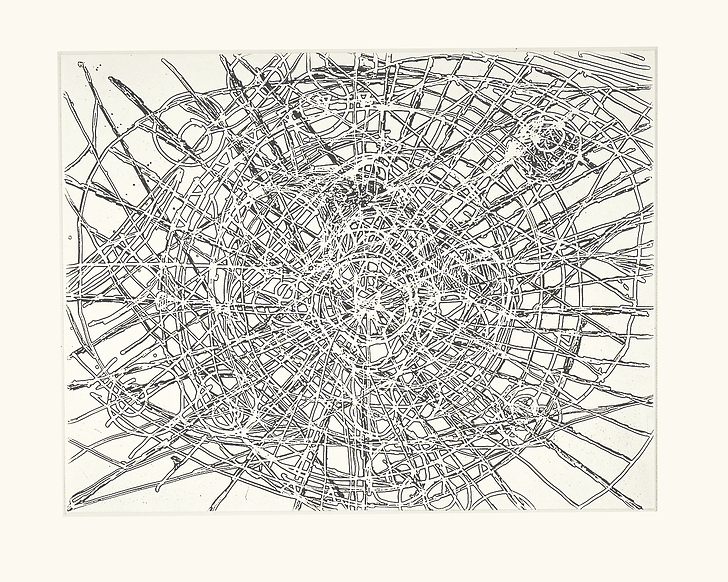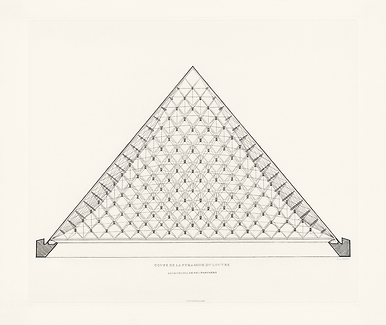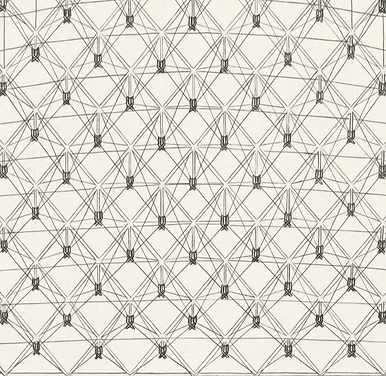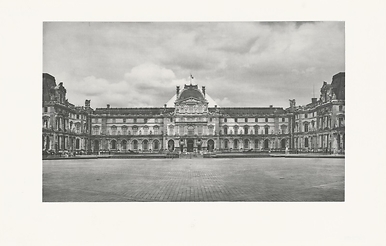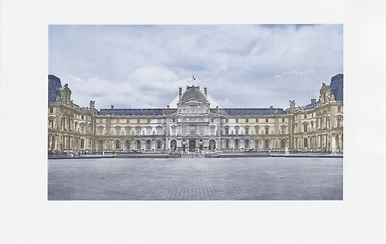Engraving Untitled Louvre - Terry Winters 2001
KM011181
Since 1989, the Musée du Louvre and the Réunion des Musées Nationaux have entrusted contemporary artists with the task of producing engraved plates for the Chalcographie, which is responsible for the exclusive printing of the plates, with no limit on the number of prints.
Very different trends in contemporary...
Read more
Since 1989, the Musée du Louvre and the Réunion des Musées Nationaux have entrusted contemporary artists with the task of producing engraved plates for the Chalcographie, which is responsible for the exclusive printing of the plates, with no limit on the number of prints.
Very different trends in contemporary art are represented. Geneviève Asse rubs shoulders with Georg Baselitz, Pierre Courtin, Jean-Pierre Pincemin, Pat Steir, Jean-Michel Alberola, Robert Morris, Louise Bourgeois, Marcus Raetz, Pierre Alechinsky or Agathe May.
"Informational space exists. It's not immaterial but incorporeal. I'm interested in how to give an image of those things we can't see." Although the art of American artist Terry Winters has always been deeply influenced by Abstract Expressionism, he has sought to free himself from a certain formalism, notably by taking developments in contemporary scientific thought as a model for his artistic approach. In the 1980s, he drew inspiration for his compositions from anatomical X-rays, before turning his attention to cybernetics and neuronal connections. The print he created for Chalcographie, a mesh of intertwined threads that seems to extend beyond the composition, evokes both the interconnected, rhizomic structures of computer networks, and the maps of megacities in which traffic axes develop in imitation of spider webs. In Winters' own words, this abstract composition allows us to imagine what we can't see any other way.
Close
Login to see prices
Sold by GrandPalaisRmn

